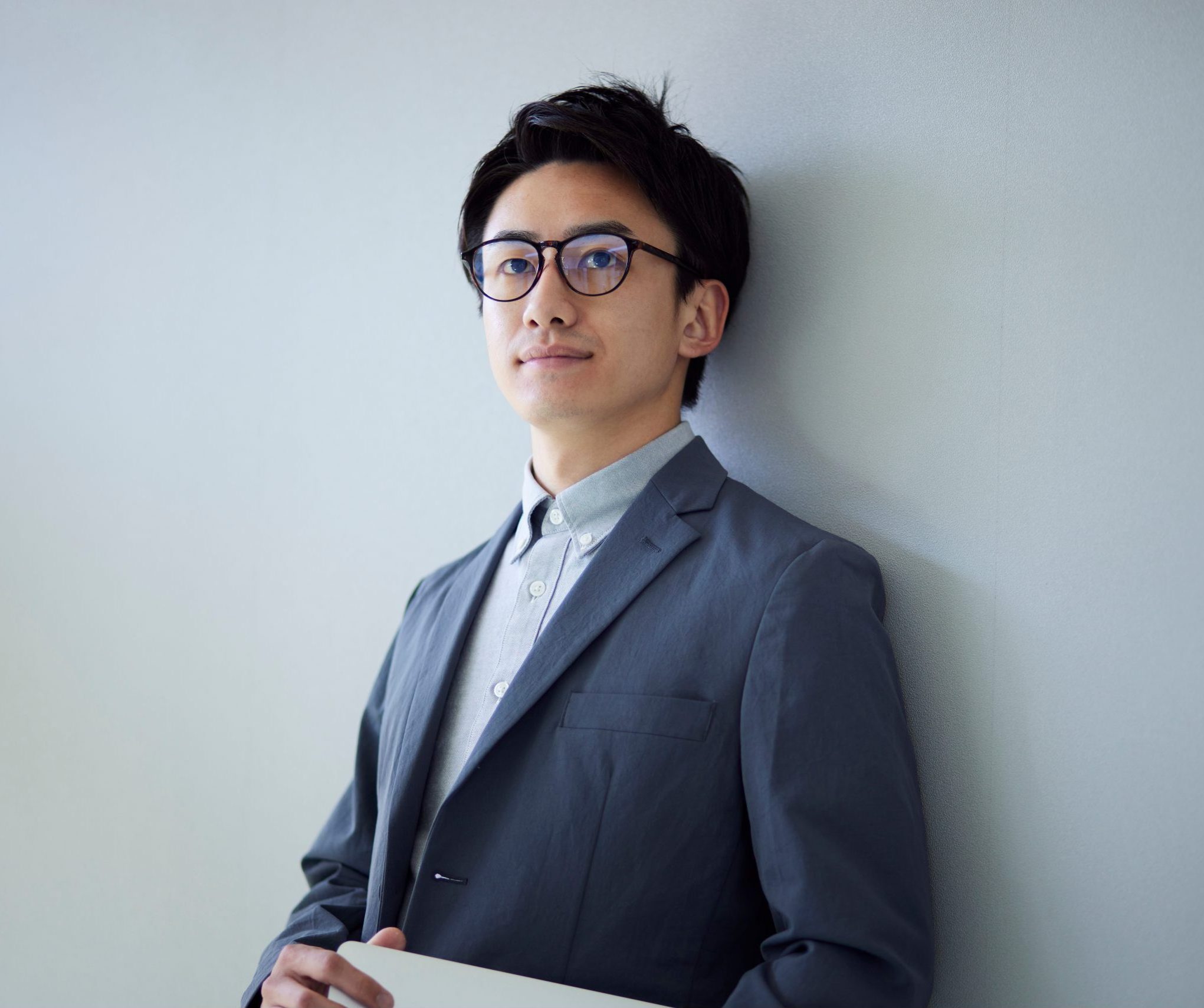When researching or watching documentaries about Japan, you may have come across striking visuals of crowded streets filled with similarly dressed so called salarymen – office workers. This unique phenomenon highlights the importance of appropriate attire and dress codes in the Japanese work culture.
Table of Contents
ToggleThe Japanese work culture emphasizes respect, harmony, and professionalism, and dressing appropriately, in a manner that aligns with societal expectations is seen as a way to reflect these values. Understanding the dress codes and attire expectations in different industries and occasions can greatly contribute to making a positive impression in the workplace. In this guide, we will explore the various dress codes in Japan and provide insights into appropriate workplace attire.
Now, let’s delve into the different dress codes and attire expectations in Japan.

Business Formal and Business Casual: Main Dress Codes in Japan
In Japan, the two main dress codes that dominate the professional landscape are business formal and business casual. These dress codes have been the cornerstone of workplace attire for many years, with recent trends showcasing a gradual shift towards more relaxed styles.
Business formal attire has long been the norm in traditional industries and conservative workplaces. It reflects the values of professionalism, discipline, and respect for hierarchy. Here are some key elements to consider:
Men:
● Dark-colored suits, preferably in black, navy, or charcoal gray.
● White or light-colored long-sleeved dress shirts.
● Conservative ties with simple patterns or solid colors.
● Dark-colored dress shoes and dark socks.
Women:
● Tailored suits or dress pants with matching blazers.
● Blouses or dress shirts in light colors.
● Closed-toe dress shoes with moderate heels.
● Limited use of accessories and jewelry.

However, in recent years, there has been a noticeable shift towards a more relaxed dress code known as business casual. This change can be attributed to a growing desire for work-life balance and a desire to foster a more comfortable and inclusive work environment. Business casual allows employees to express their personal style while still maintaining a professional appearance.
The adoption of business casual attire has gained momentum, particularly in industries that prioritize creativity and innovation. This shift reflects a changing mindset among employers who value employee well-being and recognize that productivity and creativity can flourish in a more relaxed dress environment. Here are the main element of business casual:
Men:
● Dress slacks or chinos in neutral colors.
● Collared shirts, such as button-down shirts or polo shirts.
● Sweaters or cardigans for cooler months.
● Leather shoes or loafers.
Women:
● Dress pants, skirts, or dresses in conservative lengths.
● Blouses, shirts, or sweaters in a variety of colors.
● Flats, loafers, or low-heel shoes.
● Minimalistic accessories and tasteful jewelry.

Industry-Specific Dress Codes
In addition to the general dress codes of business formal and business casual, certain industries in Japan have specific dress codes that reflect their unique nature and professional expectations. Understanding and adhering to these industry-specific dress codes is essential for making a positive impression and fitting into the corporate culture of each sector. Let’s explore a few examples of industry-specific dress codes in Japan and the attire expectations associated with them.
Banking and Finance:
● Strict business formal attire, usually with dark-colored suits and conservative accessories.
● Conservative hairstyles and minimal makeup for women.
Creative Industries:
● More freedom for self-expression.
● Business casual attire with stylish and artistic elements.
● Unique accessories and fashionable details.
Hospitality and Service Industries:
● Depending on the establishment, either business formal or business casual attire.
● Attention to grooming and cleanliness.
● Uniforms may be provided in some establishments.
IT Industries:
● Typically more relaxed dress code compared to traditional industries.
● Emphasis on comfort and creativity in attire.
● Business casual attire is commonly observed.
● Dress code may vary depending on company culture and client interactions.

Remember that dress codes in these industries can vary from company to company, so it’s important to familiarize yourself with the specific guidelines of your workplace.
Occasional Dress Codes
In addition to the everyday dress codes of business formal, business casual, and industry-specific guidelines, there are occasional dress codes in Japan that apply to specific events, meetings, or designated days. These occasional dress codes offer an opportunity for professionals to showcase their adaptability and understanding of cultural norms. Let’s explore some of the common occasions and the corresponding dress codes observed in the Japanese workplace.
Business Meetings:
● Follow the dress code of your workplace or industry.
● Pay attention to your overall appearance and grooming.
Business Dinners and Events:
● Business formal attire is generally expected.
● Conservative and modest clothing choices are appropriate.
● Avoid excessive jewelry or accessories.
Casual Fridays:
● Some companies in Japan observe casual Fridays, allowing more relaxed attire.
● Follow the guidelines provided by your workplace.
● Ensure that your clothing choices remain neat and professional.
Conclusion
Understanding and adhering to appropriate workplace dress codes in Japan is crucial for making a positive impression and fitting into the corporate culture. Whether it’s business formal or business casual, dressing professionally demonstrates respect and reflects the values of the Japanese work environment. Remember to consider industry-specific dress codes and adhere to occasional dress codes for meetings, events, and casual Fridays. By doing so, you’ll project a polished and professional image that aligns with Japanese workplace expectations.

